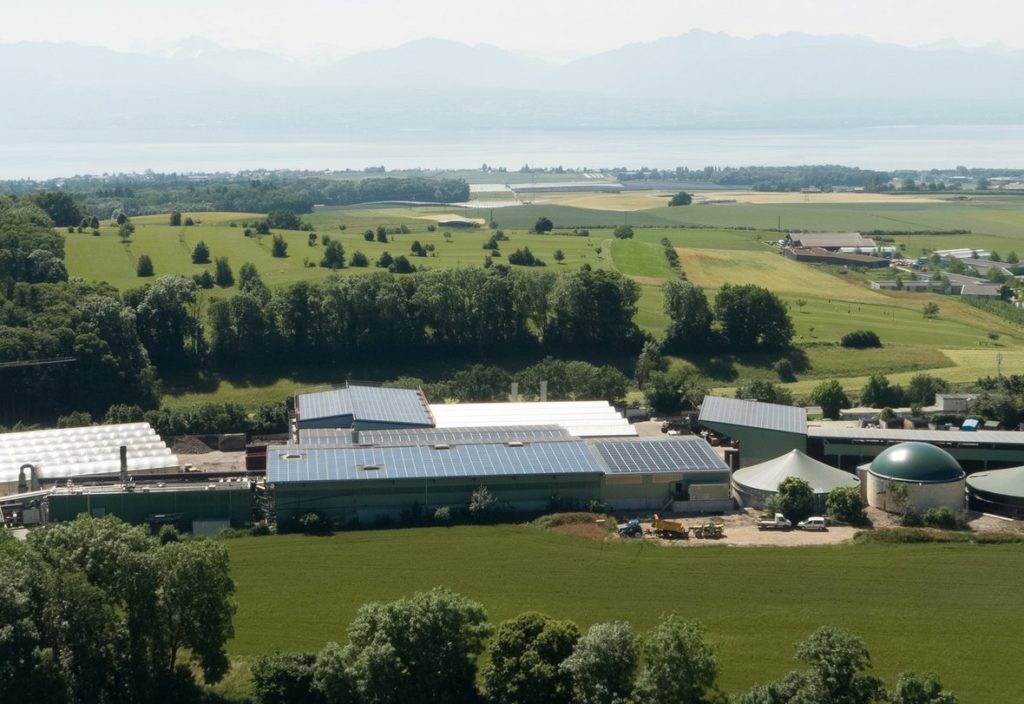
EPFL unveils PET-like plastic made directly from waste biomass
18 July 2022

EPFL scientists have developed a new, PET-like plastic that is easily made from the non-edible parts of plants.
To move away from fossil fuels and avoid the accumulation of plastics in the environment, considerable efforts to develop degradable or recyclable polymers made from non-edible plant material referred to as “lignocellulosic biomass”.
Producing competitive biomass-based plastics is however not straightforward. There is a reason that conventional plastics are so widespread, as they combine low cost, heat stability, mechanical strength, processability, and compatibility – features that any alternative plastic replacements must match or surpass.
Today, scientists from the EPFL’s School of Basic Sciences have successfully developed a biomass-derived plastic, similar to PET, that meets the criteria for replacing several current plastics while also being more environmentally friendly.
“We essentially just ‘cook’ wood or other non-edible plant material, such as agricultural wastes, in inexpensive chemicals to produce the plastic precursor in one step,” explains Prof. Jeremy Luterbacher, Head of the School of Basic Sciences. “By keeping the sugar structure intact within the molecular structure of the plastic, the chemistry is much simpler than current alternatives.”
An exciting alternative for food packaging
The well-rounded properties of these plastics could allow them to be used in applications ranging from packaging and textiles to medicine and electronics. The researchers have already made packaging films, fibers that could be spun into clothing or other textiles, and filaments for 3D-printing.
“The plastic has very exciting properties, notably for applications like food packaging,” says Luterbacher. “And what makes the plastic unique is the presence of the intact sugar structure. This makes it incredibly easy to make because you don’t have to modify what nature gives you, and simple to degrade because it can go back to a molecule that is already abundant in nature.”

